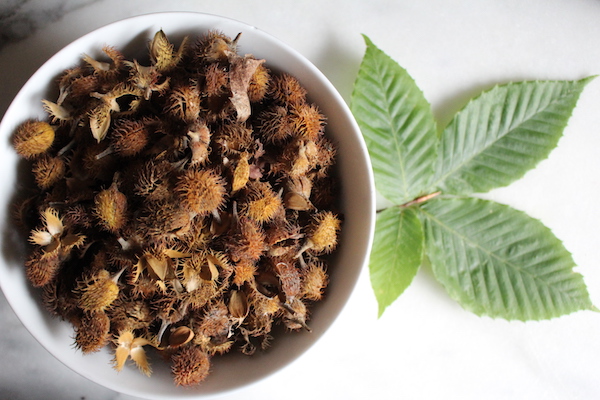Didnt think beech was in eastern Ontario but looks like it to me.
Any input would be appreciated.

Any input would be appreciated.
If it's the smaller of the two on the left that is still standing, I would say yes but there's not much in the picture.Didnt think beech was in eastern Ontario but looks like it to me.
Any input would be appreciated.
View attachment 259080
Yes. However I am east of lake ontario closer to the quebec border and didnt think they went that far.I assume you are talking the standing one on the left... Certainly looks like beech. If you Google the range of beech, it does show it going into Canada by the Great Lakes between Lake Michigan, Erie & Huron. I got my first beech last fall. The guys on here say treat it like oak or locust for seasoning timewise...
That's good to know. Here is a pic of the canopy.It is a bit hard to tell from that picture. Lots of beech in eastern On. and western QC.
Once they get to about 12” across blight gets them all. Sad. Primo firewood however.
I'm not far from you so good to know as there are quite a few that are prob 75+ ft tallI live in Easter Ontario just southwest of Ottawa
I have lots of Beech on my 220 acres 20 min. north of Perth
Ok, That makes sense thanks. There are I suppose remnants of leaves on these. Pic below is not the best but they looked like an odd bud/leaf for the springThe one one the left looks like beech. The key to identifying it is that beech retains it's leaves all winter, dropping them only when new leaves emerge in the spring.
There are some very large ones in the boggy part of the bush. I'll try and get a good pic next time I'm back there.It is a bit hard to tell from that picture. Lots of beech in eastern On. and western QC.
Once they get to about 12” across blight gets them all. Sad. Primo firewood however.
Not poplar, we have lots of it. The one in the background to the right is tho.From this picture, i am not sure. Does not look like beech, poplar maybe

Yeah but for how long, though..?I live in Easter Ontario just southwest of Ottawa
I have lots of Beech on my 220 acres 20 min. north of Perth
 https://www.sciencemag.org/news/2019/11/mysterious-disease-striking-american-beech-trees
https://www.sciencemag.org/news/2019/11/mysterious-disease-striking-american-beech-trees
